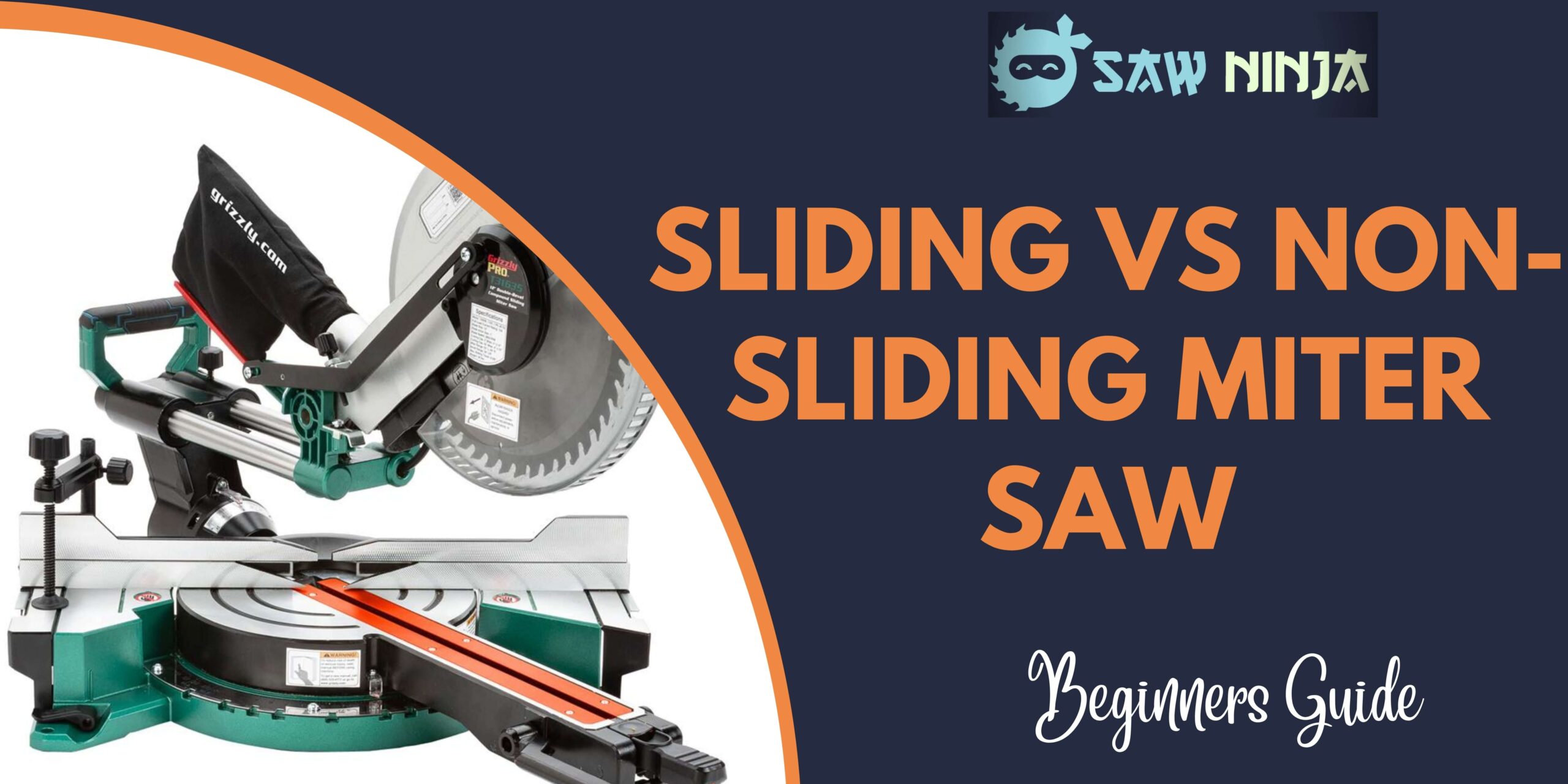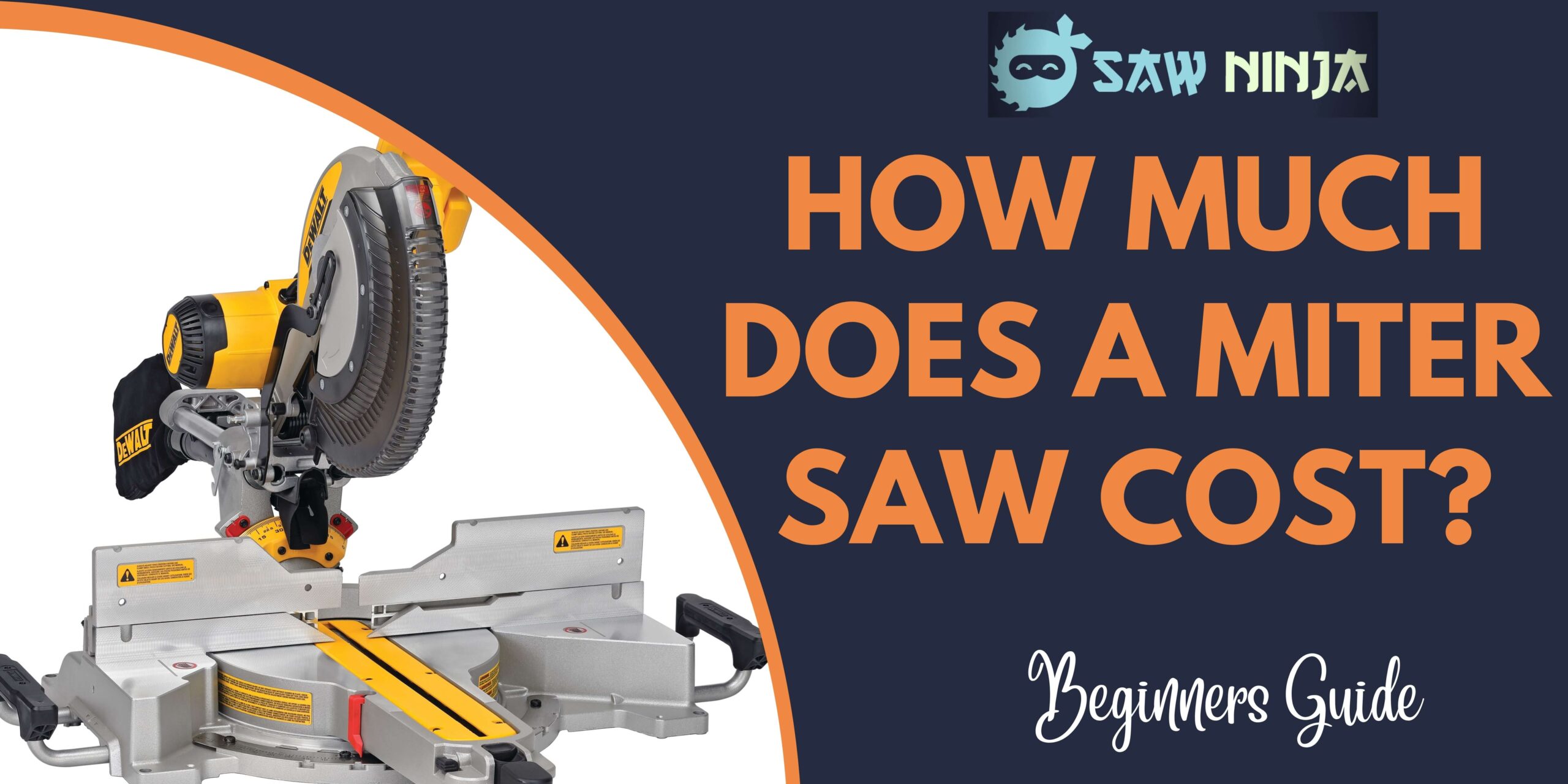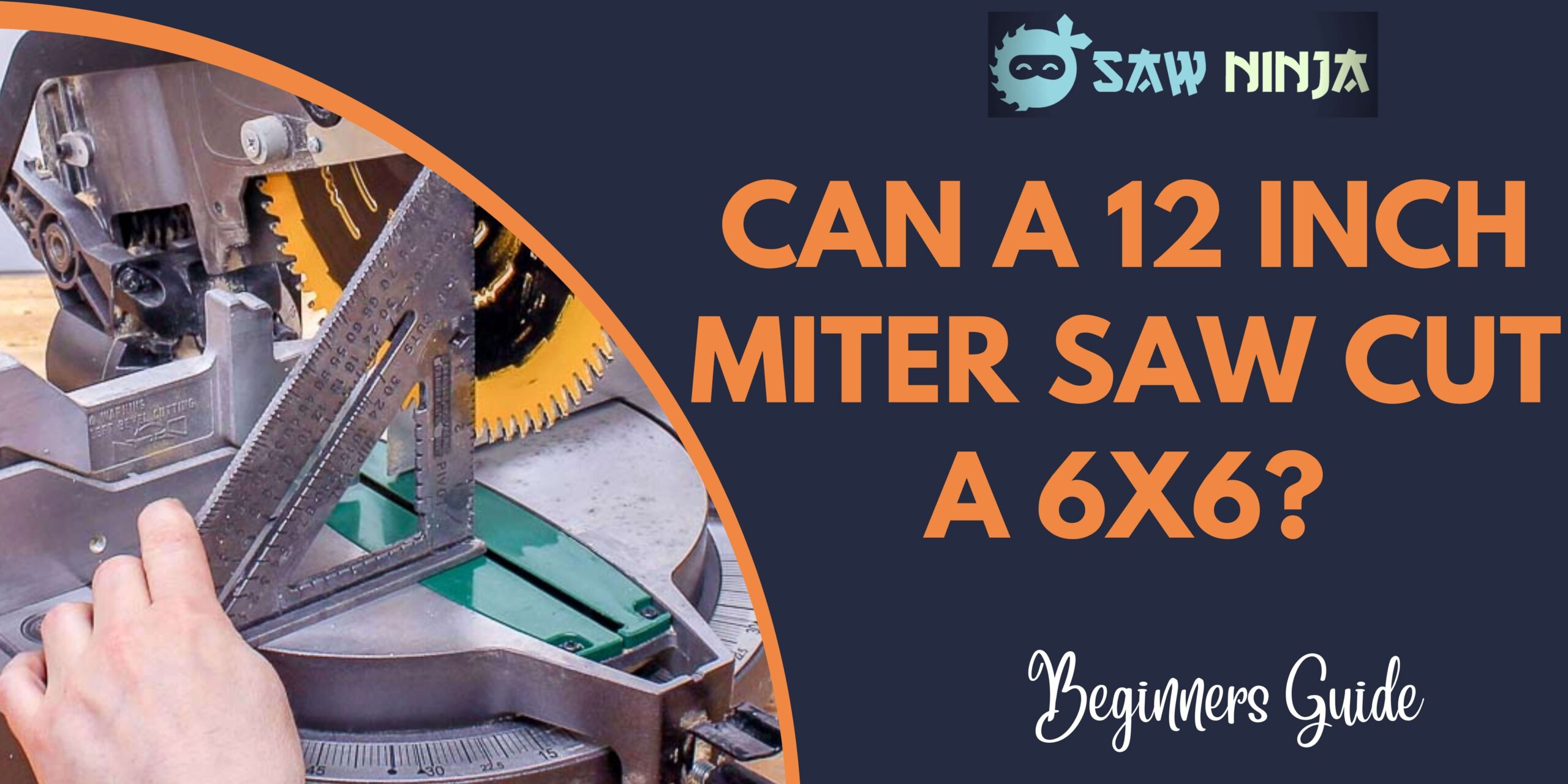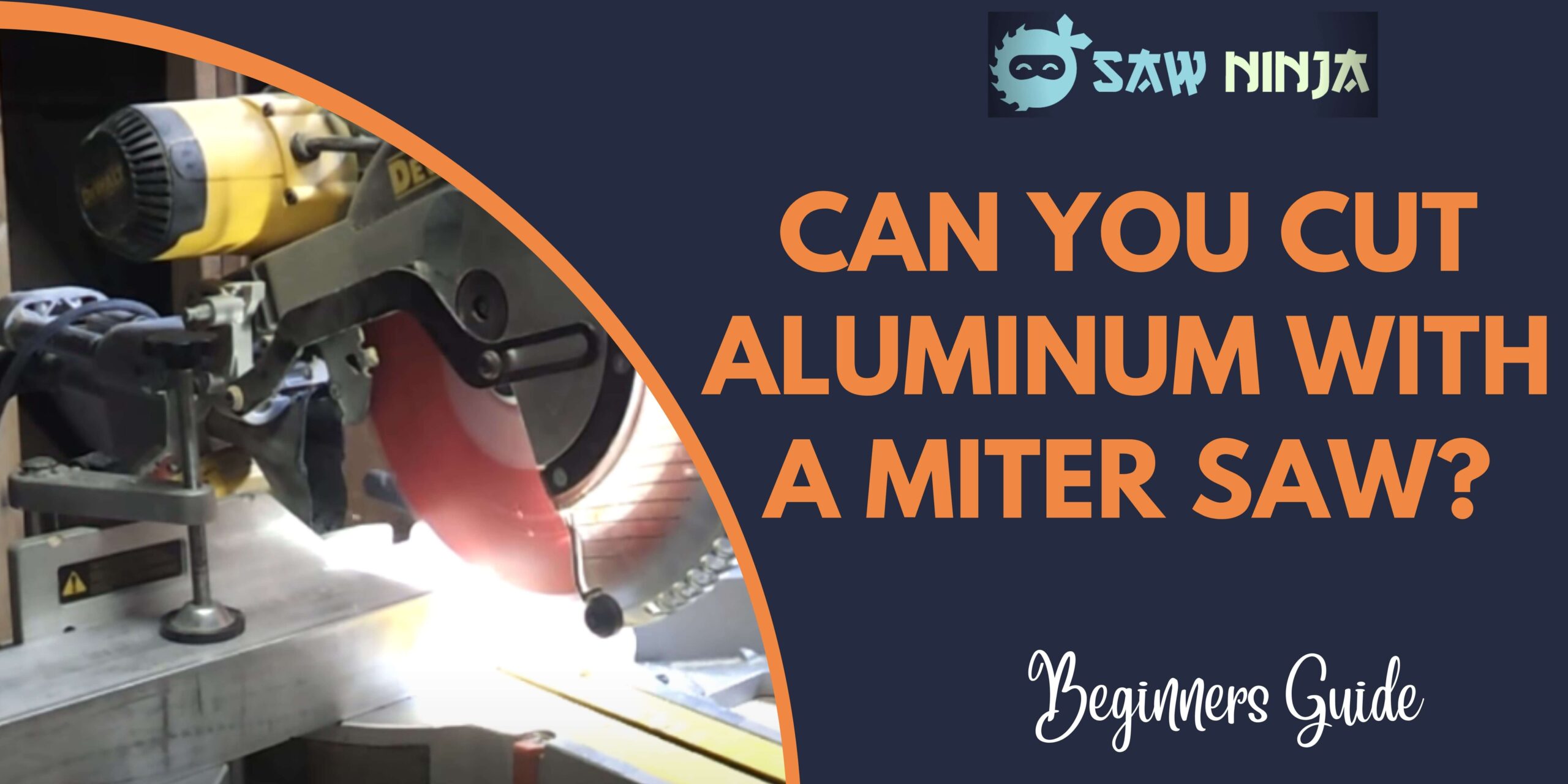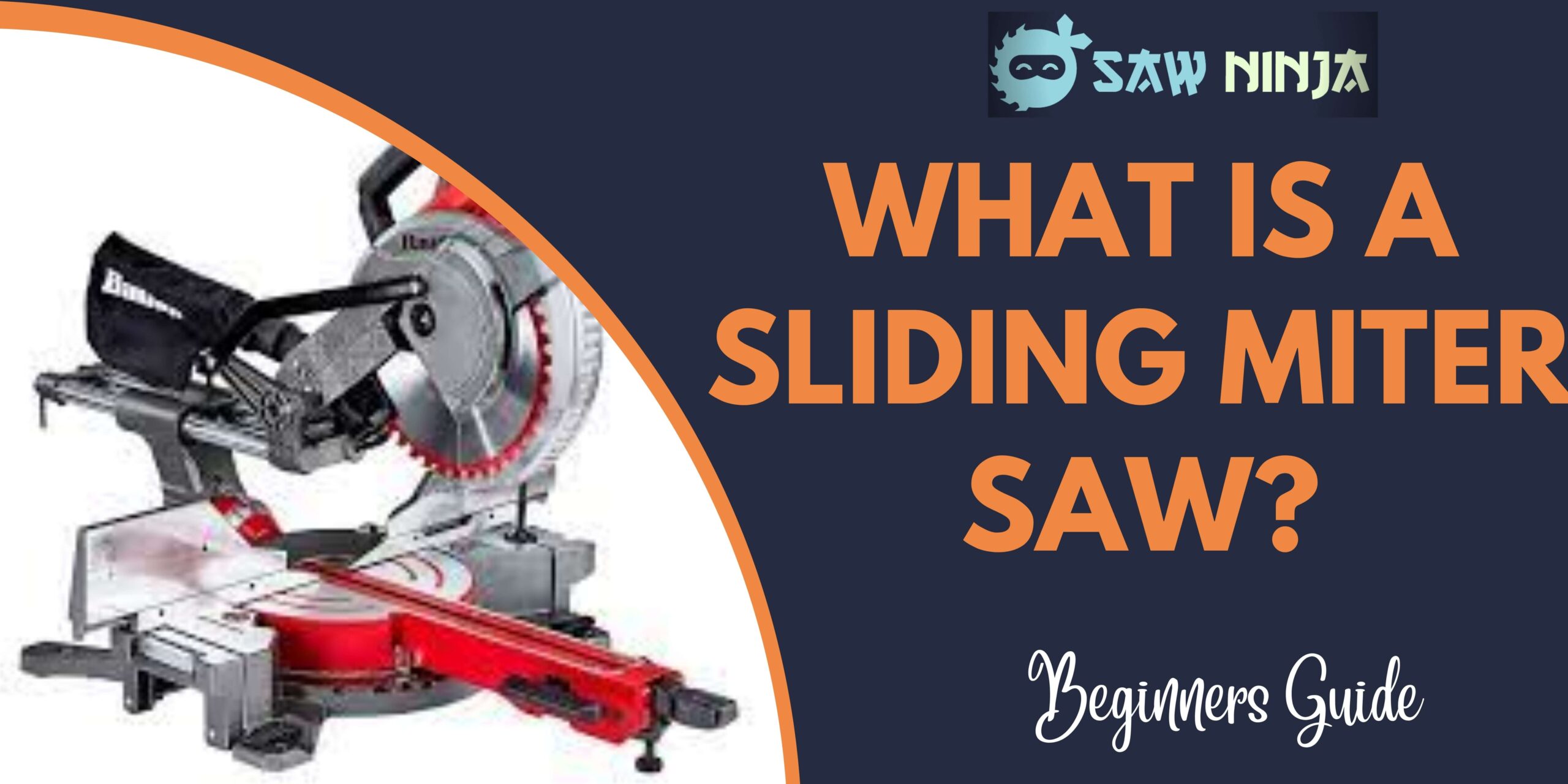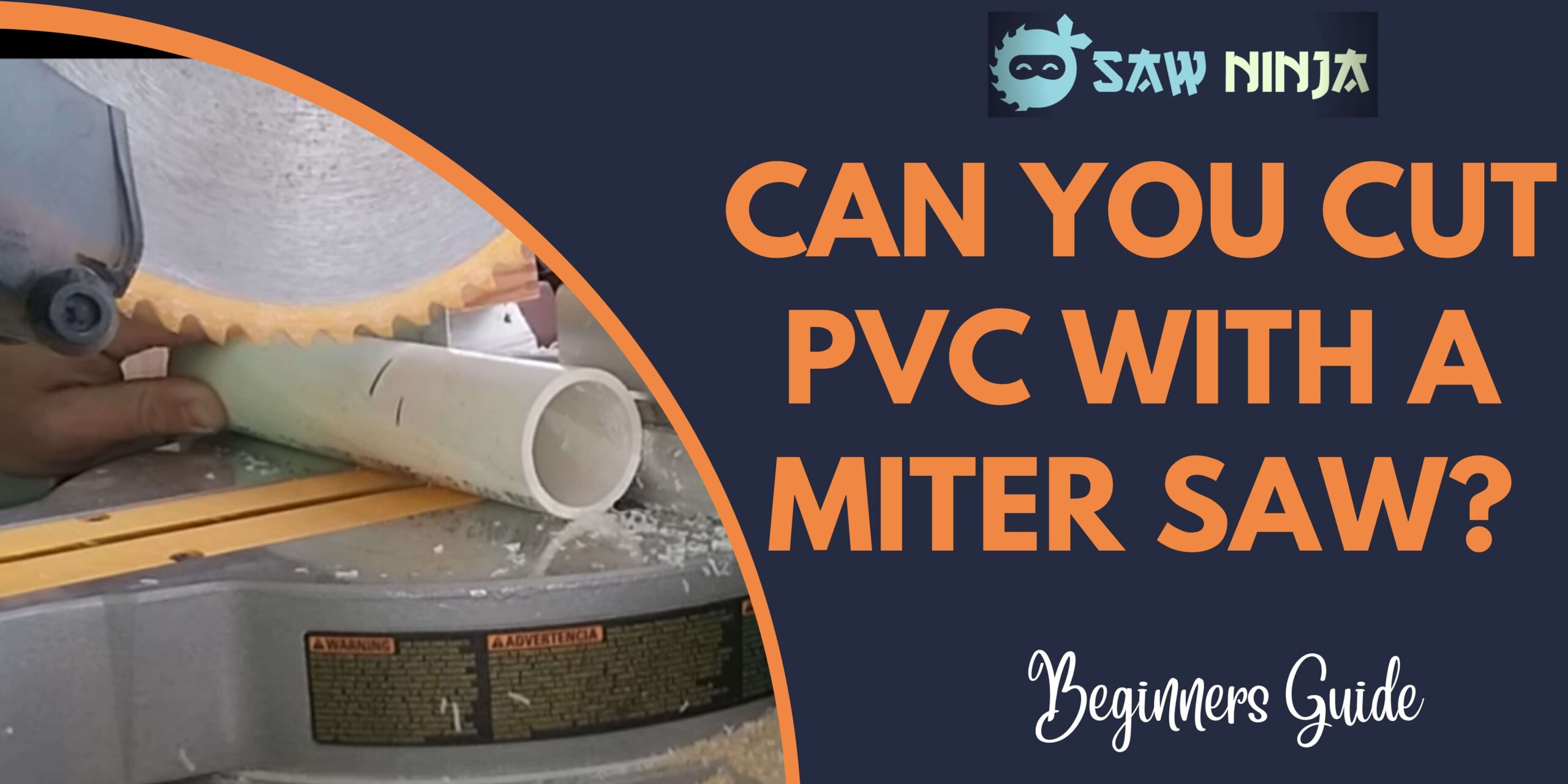As a homeowner, you want to take care of as many repairs and installations yourself as possible to save money. If you’re looking to install Laminate Flooring in your home, you may be wondering can you cut laminate flooring with a miter saw?
In this blog post, we’ll explore whether or not you can use a miter saw to cut Laminate Flooring and provide some tips on achieving the best results.
Can You Cut Laminate Flooring With a Miter Saw?
Laminate Flooring is a popular flooring choice because it’s affordable, durable, and easy to install. If you’re looking to install Laminate Flooring in your home, you may be wondering if you can use a miter saw to cut the flooring.
>>>> How to Use a Sliding Miter Saw
The short answer is. Miter saws are suitable for cutting laminate flooring. However, it would be best to keep a few things in mind to ensure the best results.
When cutting laminate flooring, make sure you use a sharp blade. A dull blade can cause the flooring to splinter or chip.
Second, always make sure the miter saw is calibrated correctly. If the saw is not calibrated correctly, it can cause the flooring to be cut too short or too long.
Finally, always use a straight edge when making cuts. This will help ensure that the cuts are even and accurate.
If you follow these tips, you can use a miter saw to cut Laminate Flooring with ease.
How Do I Cut Laminate Flooring With A Miter Saw?
If you want to cut laminate flooring with a miter saw, you will need to use a blade made for cutting wood. It would help if you also used a saw blade that has a high tooth count so that the blade can cut through the laminate quickly and smoothly.
When cutting laminate flooring with a miter saw, you will need a straight edge as a guide. It would help if you also clamped the laminate to the work surface to keep it from moving while you are cutting.
>>>> What is a Double Bevel Miter Saw?
To make a miter cut with a miter saw, you must set the saw blade at the correct angle. The most common angle for making miter cuts is 45 degrees, but you may need to adjust the angle depending on the type of laminate flooring that you are using.
Once you have set the saw blade at the correct angle, you can make your cut by slowly lowering the saw blade into the laminate. Be sure to keep the saw blade moving while it is cutting to avoid damaging the laminate.
Raise the saw blade once the cut is complete and move on to the next cut.
Be sure to wear safety goggles when cutting laminate flooring with a miter saw. The saw blade can create chips and debris that can fly into your eyes if you are not wearing goggles.
Pros and Cons of Cutting Laminate Flooring With a Miter Saw
Pros:
- You can use it to make precise cuts
- Cuts quickly and smoothly
- No need for special saw blades
Cons:
- Requires a lot of practice to get the right cut
- It can be dangerous if not used correctly
How Can I Cut Laminate Flooring Without Chipping It?
Laminate flooring can be a beautiful addition to your home, but it can be tricky to cut without chipping. If you have a miter saw, you can make the job a lot easier.
First, make sure that your blade is sharp and in good condition. You don’t want to try to cut through the laminate with a dull blade–it will just chip and break.
Next, adjust the saw blade to the correct height. You want it to be just high enough to cut through the laminate without hitting the underlying material.
If your miter saw has a laser guide, use it to mark the cutting line. Align the laser with the edge of the laminate and make a mark along the cutting line.
Slowly feed the laminate into the blade, keeping it aligned with the cutting line. Please don’t force it; let the saw do the work. You should be able to make a clean cut without any chipping.
>>>> How to Cut Baseboards With a Miter Saw
If you don’t have a miter saw, you can still cut laminate flooring using a blade box or utility knife. Just be careful not to slip and cut yourself!
What Miter Saw Size To Cut Laminate Flooring?
The size of the miter saw you need to cut laminate flooring will depend on the thickness of the laminate. You will need a miter saw with a blade that can accommodate laminates that are between 10″ and 12″.
Conclusion
So, can you cut laminate flooring with a miter saw? The answer is Yes, but there are a few things you need to keep in mind. First, make sure you use the right blade for cutting wood. Second, always make sure the saw is calibrated correctly.
Finally, always use a straight edge when making cuts. Also, it would be best if you used safety goggles when operating the saw. If you follow these tips, you will make clean, precise cuts with your miter saw.


